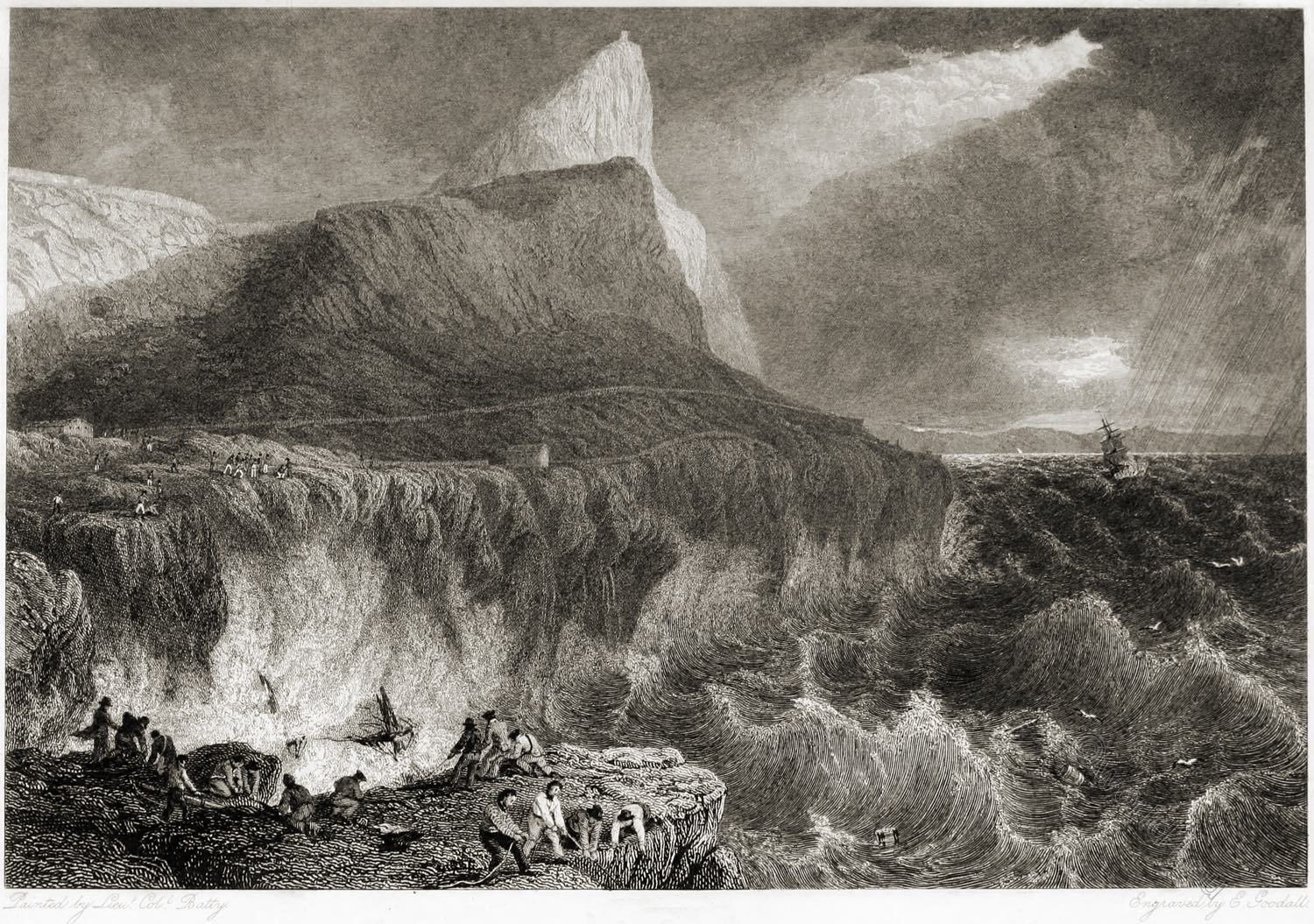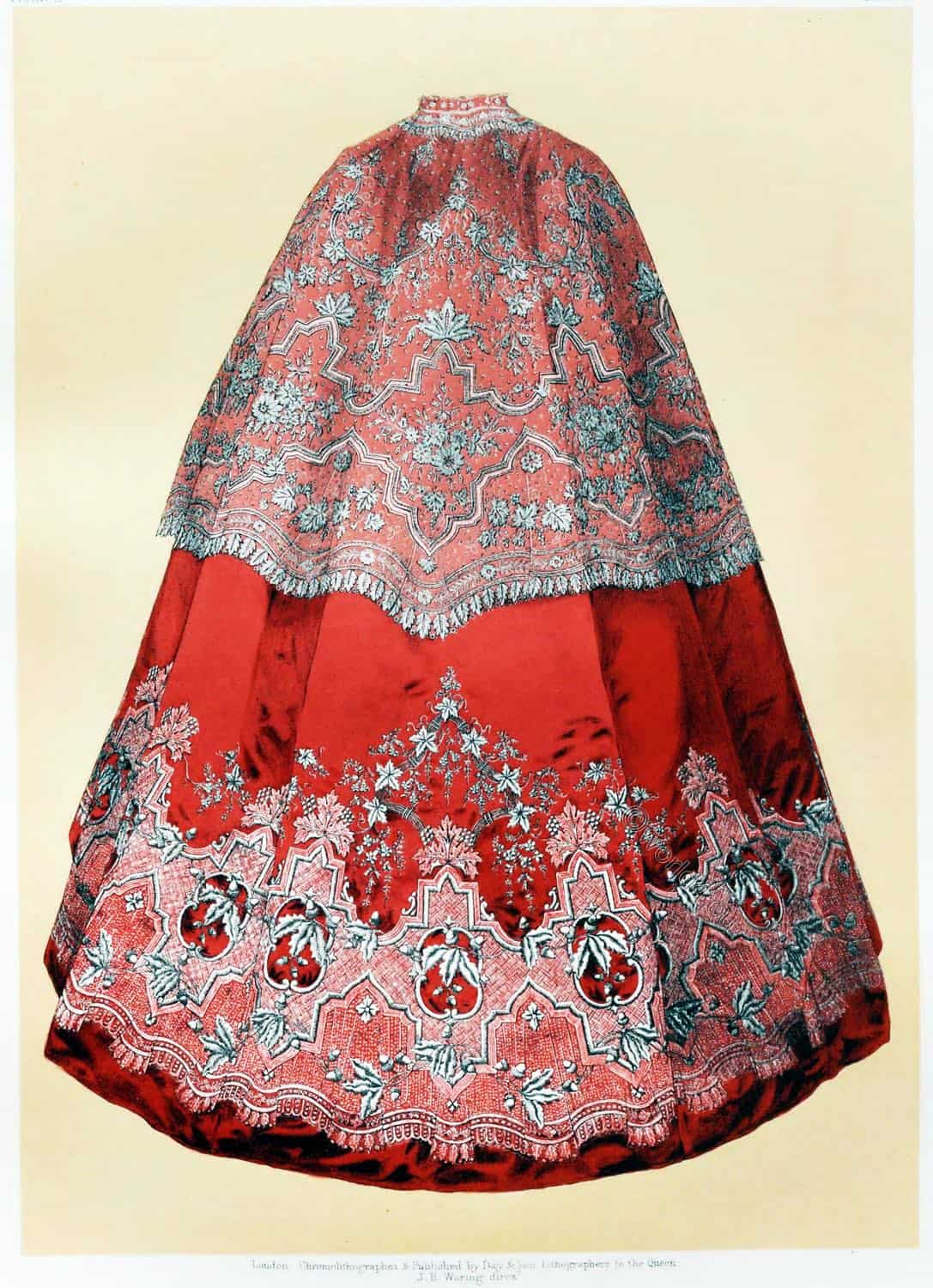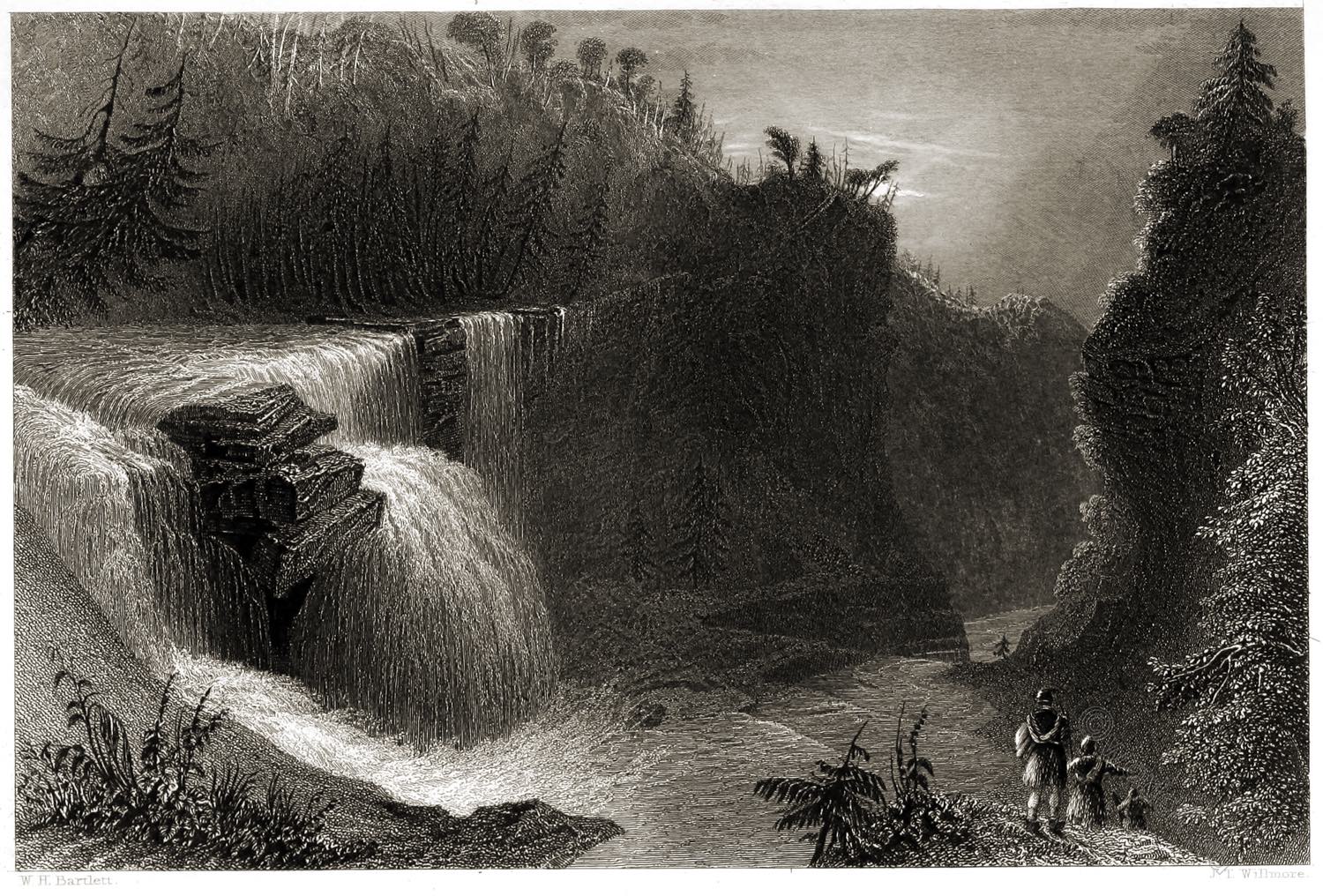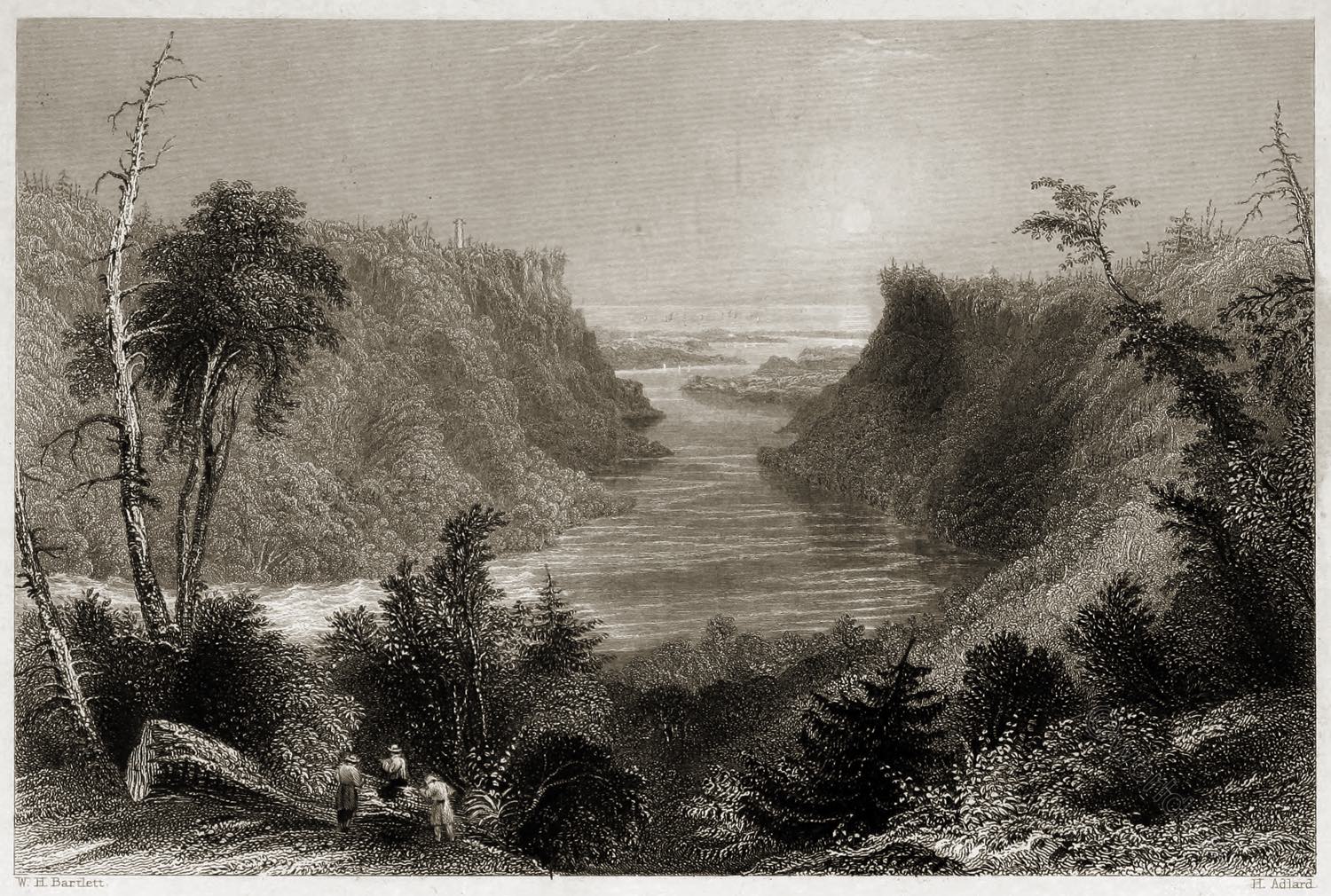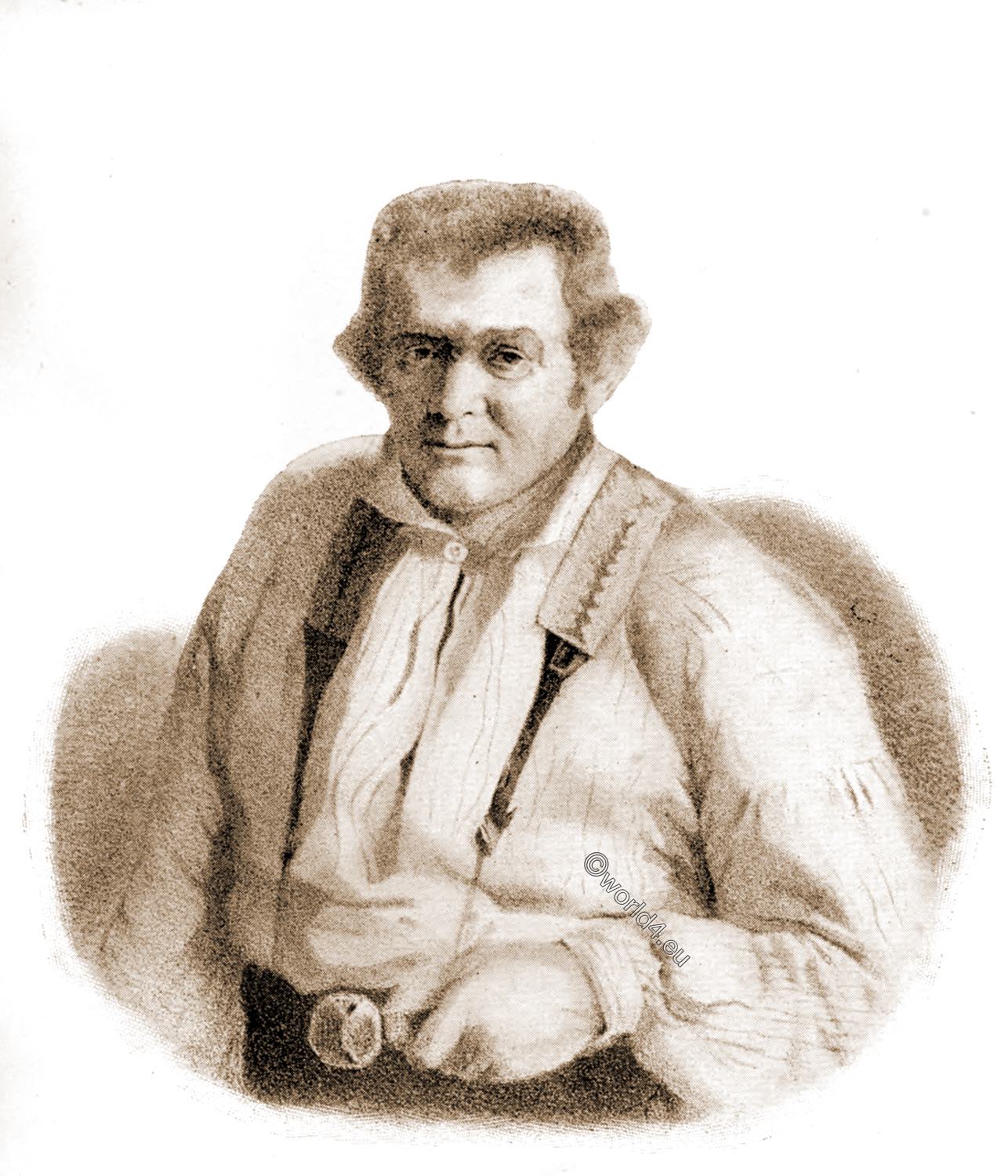
VIEW FROM WEST POINT
by W. H. Bartlett.
Of the river scenery of America, the Hudson, at West Point, is doubtless the boldest and most beautiful. This powerful river writhes through the highlands in abrupt curves, reminding one, when the tide runs strongly down, of Laocoon in the enlacing folds of the serpent.
The different spurs of mountain ranges which meet here, abut upon the river in bold precipices from five to fifteen hundred feet from the water’s edge; the foliage hangs to them, from base to summit, with the tenacity and bright verdure of moss; and the stream below, deprived of the slant fights which brighten its depths elsewhere, flows on with a sombre and dark green shadow in its bosom, as if frowning at the narrow gorge into which its broad-breasted waters are driven.
Back from the bluff of West Point extends a natural platform of near half a mile square, high, level, and beautifully amphitheatred with wood and rock. This is the site of the Military Academy, and a splendid natural parade. When the tents of the summer camp are shining on the field—the flag, with its blood-bright stripes, waving against the foliage of the hills—the trumpet echoing from bluff to bluff, and the compact battalion cutting its trim line across the green- sward—there are few more fairy spots in this working-day world.
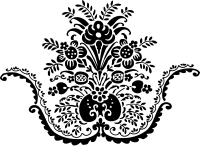
On the extreme edge of the summit, overlooking the river, stands a marble shaft, pointing like a bright finger to glory, the tomb of the soldier and patriot Kosciusko. The military colleges and other buildings skirt the parade on the side of the mountain; and forward, toward the river, on the western edge, stands a spacious hotel, from the verandahs of which the traveller gets a view through the highlands, that he remembers till he dies.
Right up before him, with the smooth curve of an eagle’s ascent, rises the “old cro’ nest” of the culprit Fay, a bright green mountain, that thrusts its topmost pine into the sky; the Donderbarrak, or (if it is not sacrilege to translate so fine a name for a mountain,) the Thunder-chamber, heaves its round shoulder beyond; back from the opposite shore, as if it recoiled from these, leans the bold cliff of Breknock; and then looking out, as if from a cavern, into the sun-light, the eye drops beyond upon a sheet of wide-spreading water, with an emerald island in its bosom ; the white buildings of Newburgh creeping back to the plains beyond, and in the far, far distance, the wavy and blue bne of the Kattskills, as if it were the dim-seen edge of an outer horizon.
The passage through the highlands at West Point still bears the old name of Wey-gat, or Wind-gate; and one of the prettiest moving dioramas conceivable, is the working through the gorge of the myriad sailing-craft of the river. The sloops which ply upon the Hudson, by the way, are remarkable for their picturesque beauty, and for the enormous quantity of sail they carry on in all weathers; and nothing is more beautiful than the little fleets of from six to a dozen, all tacking or scudding together, like so many white sea-birds on the wing.
Up they come, with a dashing breeze, under Anthony’s Nose, and the Sugar-Loaf, and giving the rocky toe of West Point a wide berth, all down helm, and round into the bay; when—just as the peak of Crow Nest slides its shadow over the mainsail—slap comes the wind aback, and the whole fleet is in a flutter. The channel is narrow and serpentine, the wind baffling, and small room to beat; but the little craft are worked merrily and well; and dodging about, as if to escape some invisible imp in the air, they gam point after point, till at last they get the Donderbarrak behind them, and fall once more into the regular current of the wind.
Source: American Scenery; or, Land, Lake, and River Illustrations of Transatlantic Nature. From Drawings by W. H. Bartlett. Engraved by R. Wallis, J. Cousen, Willmore, Brandard, Adlard, Richardson, &c. The Literary Department By N. P. Willis, Esq. London: George Virtue 26, Ivy Lane. 1840.
Continuing
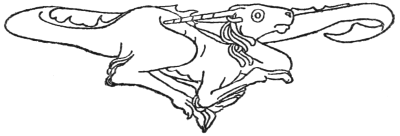
Discover more from World4 Costume Culture History
Subscribe to get the latest posts sent to your email.

